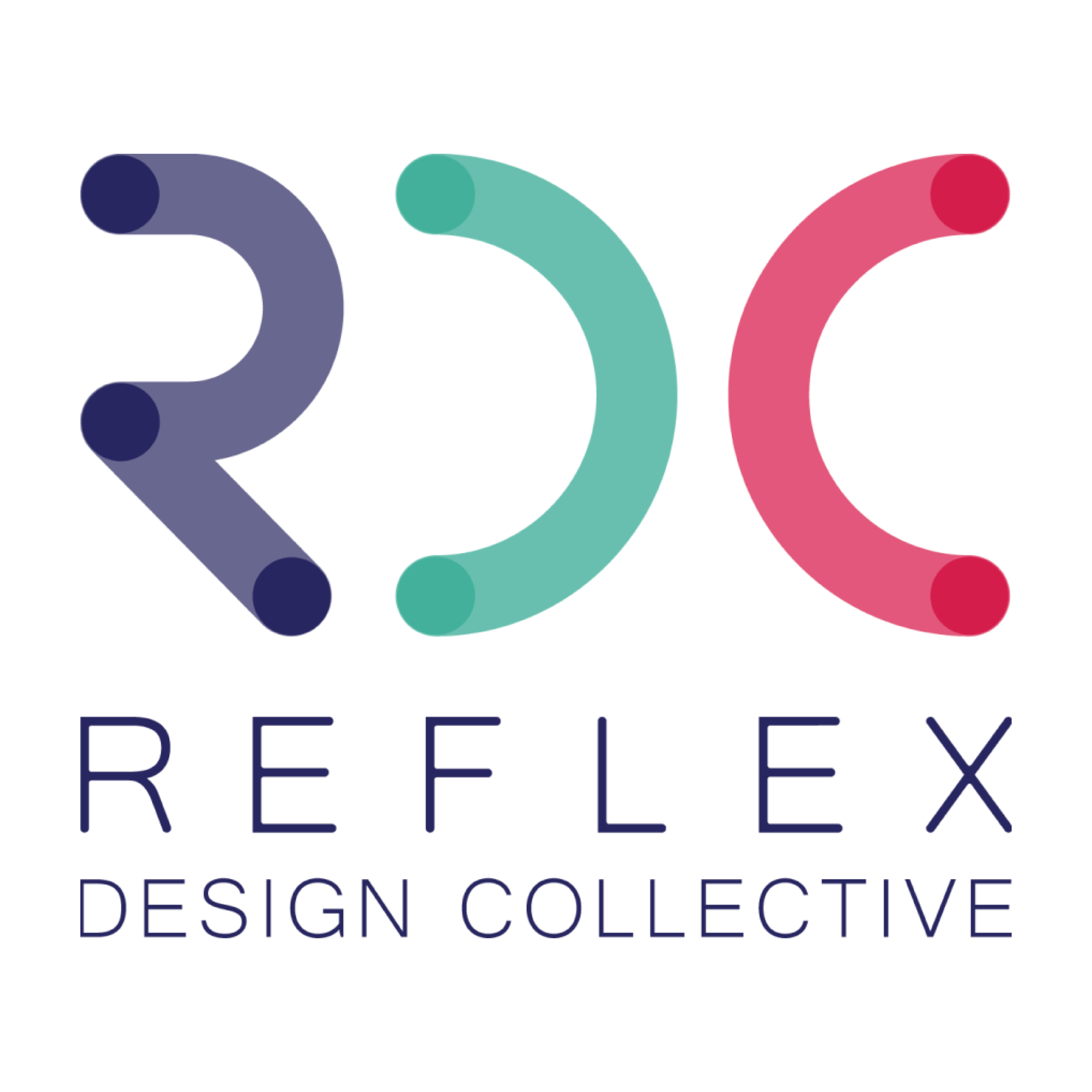For this blog, we (Brooke who identifies as Black and rita who identifies as Asian American) reflected and dialogued on our own experiences as targets of oppression. Whereas our experiences are different, inclusive and expansive of our racial identities, reflections on the need for staying with vulnerability arose for both of us. This blog is a synthesis of this series of conversations.
Image description: a bright pink lotus flower floating on dark blue water with a green lily pad on the right side.
First, from Brooke:
Let’s start with an understatement: 2020 has been a hard year. Besides the coronavirus pandemic that has upended life as we know it and a brutal election cycle that feels like it will never end, another destructive pandemic — racism — has continued to drive wave after wave of harms for Black folks in particular.
This is neither news nor new in any other sense. The ravages of structural racism that affects our experience of COVID-19, electoral politics, and just about everything else have been afflicting our communities for centuries. Still, through all the twists and turns, as a Black person, the wave of mainstream visibility police brutality received after George Floyd’s murder stands out for me as especially emotionally challenging. Even as we saw more and more images of ourselves being murdered in plain sight with impunity, we also watched white folks and non-Black people of color grapple with what it means to genuinely care about our lives, sometimes for the first time.
I want to reflect on this experience in particular as we approach 2021 because there are lessons to be learned…
Read full post on Medium website at this link.
